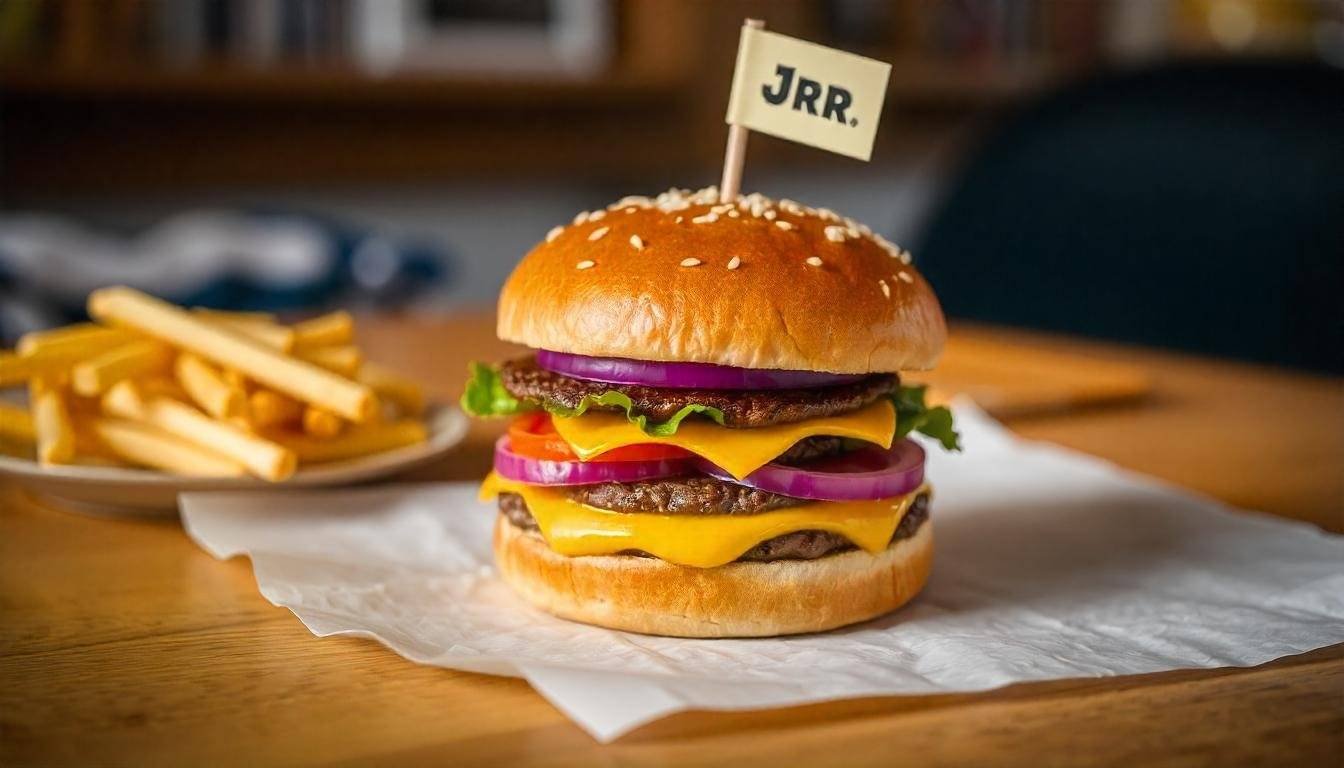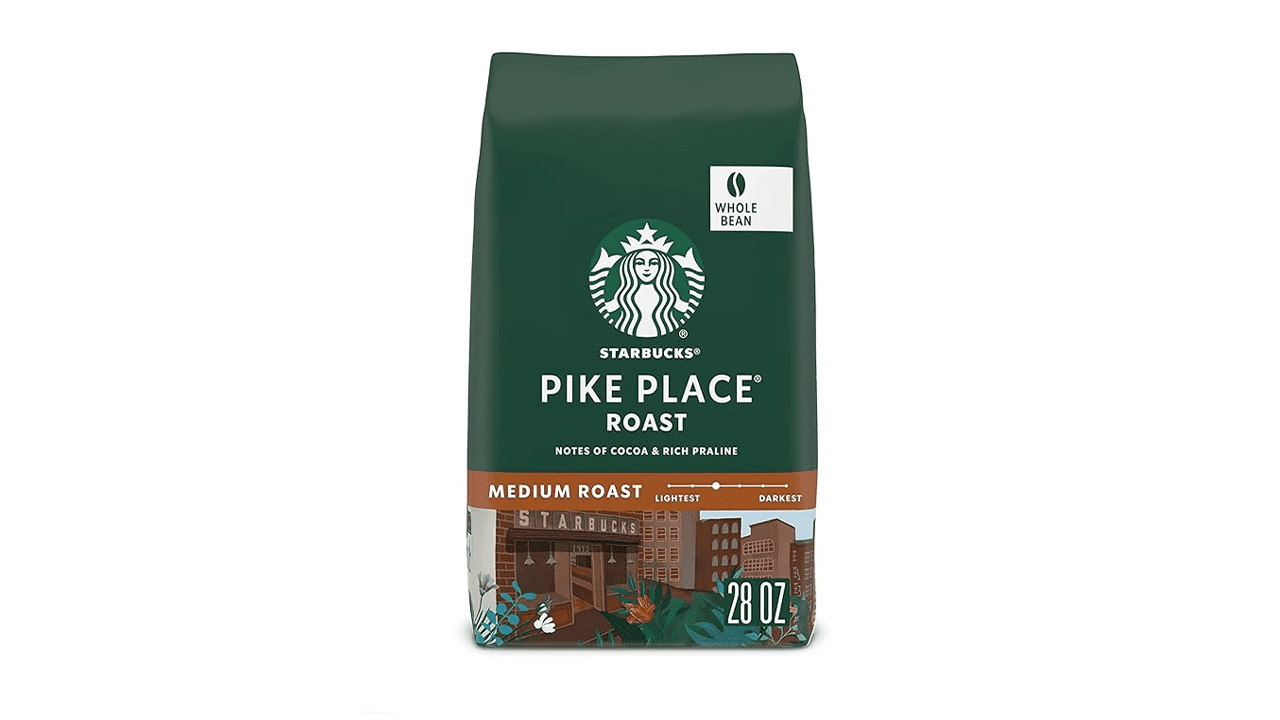
Espresso is a concentrated coffee brewed by forcing hot water under high pressure through finely ground coffee beans. Originating in Italy, it has become a global favorite for its bold flavor and versatility. Espresso is typically served in small portions, around 25–30 ml, and is known for its rich, dark body topped with a golden layer of foam called crema.
Espresso machines use pressure to extract coffee in just 25–30 seconds, resulting in a drink with a stronger flavor and more concentrated solids than regular drip coffee. While espresso has a more intense taste, it often contains less caffeine per serving than a standard cup of brewed coffee, due to its smaller portion size.
This beverage is not only enjoyed on its own but also forms the base for popular drinks like cappuccinos, lattes, and Americanos. The flavors and strengths of espresso vary depending on the type of coffee beans, roast levels, and the barista’s technique in grinding and tamping the grounds.
Beyond its taste, espresso is central to coffee culture, representing artisanal craftsmanship and quality in the modern third-wave coffee movement. Its name, derived from the Italian word esprimere (“to express”), reflects the process of extracting coffee under pressure to deliver an intensely flavorful experience.
Summary
Espresso, originating in Italy, is a bold, concentrated coffee brewed under high pressure. Served in small portions, it’s the base for drinks like lattes and cappuccinos. Known for its rich crema, espresso symbolizes quality and craftsmanship, playing a key role in modern coffee culture.
The Difference Between Coffee and Espresso
Coffee and espresso are two sides of the same coin, both are derived from roasted coffee beans but prepared differently. While coffee refers to the broader category of brewed beverages, espresso is a specific method of preparation that results in a smaller, more concentrated drink.
Brewing Method: Coffee is typically brewed by steeping ground beans in hot water, as in drip coffee, French press, or pour-over methods. In contrast, espresso is made by forcing hot water through finely ground coffee under high pressure, creating a stronger and more concentrated flavor.
Texture and Flavor: Espresso has a thicker, more velvety texture and a bolder, more intense taste due to its high concentration of dissolved solids. It’s also topped with a golden crema, a foam that forms from the pressurized extraction process. Regular coffee is lighter, smoother, and typically served in larger volumes.
Serving Size and Caffeine: Coffee is usually consumed in larger portions, ranging from 240 ml (8 oz) or more, while espresso comes in small servings of about 25–30 ml. Despite its strong flavor, espresso often contains less caffeine per serving than a full cup of coffee, though it has more caffeine per ounce.
Use in Drinks: Espresso serves as the foundation for beverages like lattes, cappuccinos, and macchiatos, while brewed coffee is often enjoyed plain or with milk and sugar.
Summary
Coffee and espresso both come from roasted coffee beans but differ in preparation and taste. Coffee is brewed with methods like drip or French press, producing a lighter, smoother drink in larger servings. Espresso, made by forcing water through finely ground beans, is smaller, more concentrated, and serves as a base for drinks like lattes.
The Espresso Making Process
Making a great espresso starts with grinding coffee beans into a fine texture. The ground coffee is then tamped into the portafilter to ensure an even extraction. Hot water is pushed through the coffee grounds at high pressure, usually around 9 bars, by the espresso machine. This process extracts the rich flavors and oils from the coffee, resulting in a strong, concentrated shot of espresso.
A key feature of a well-made espresso is the crema—the golden, frothy layer that forms on top. This foam is the result of the emulsification of coffee oils, which trap air bubbles during extraction. Crema indicates that the espresso has been brewed correctly and is a sign of quality.
For espresso-based drinks like cappuccinos or lattes, the next step is frothing milk. Milk is steamed using a steam wand, incorporating air to create a smooth, velvety foam. The process involves heating the milk while introducing small bubbles, which add texture and creaminess to the drink. The frothed milk pairs beautifully with the strong flavor of the espresso, balancing the richness of the coffee with a creamy texture.
Summary
Making espresso involves finely grinding coffee beans, tamping them in a portafilter, and extracting flavors with high-pressure water, creating a concentrated shot topped with crema. For drinks like lattes, milk is steamed and frothed to add a creamy texture, balancing the espresso’s bold flavor and enhancing the overall experience.
The Variables of Espresso Brewing
Brewing espresso is an intricate process influenced by several key variables, each playing a vital role in achieving the perfect shot. Let’s explore the most important ones.
Dose: This refers to the amount of ground coffee used. It’s determined by the basket size, typically ranging from 16 to 20 grams. Consistency in dosing is crucial, as even small variations can affect extraction and flavor. While minor adjustments might help fine-tune taste, overdosing can lead to uneven water flow, known as channeling.
Grind Size: Adjusting the coarseness or fineness of coffee grounds directly impacts extraction. Coarser grounds result in faster flow and less extraction, while finer grounds slow the flow and enhance extraction. However, overly fine grounds may cause channeling, leading to uneven brewing.
Ratio: This is the balance between the coffee dose and the amount of brewed espresso. For light roasts, a 1:2.5 or 1:3 ratio works best, while dark roasts thrive at 1:1.5 or lower. Adjusting ratios helps manage sourness, sharpness, or bitterness.
Water Temperature: Lighter roasts require higher temperatures (90°C+), while darker ones need cooler settings (80–85°C). Temperature stability is vital and varies across espresso machines.
Puck Prep: Proper distribution and tamping of coffee grounds ensure uniform water flow, preventing fast or uneven extraction.
Summary
Brewing espresso relies on key variables: dose (16–20g of coffee), grind size (affecting flow and extraction), ratio (coffee-to-water balance, varying by roast), water temperature (adjusted for roast type), and puck preparation (even tamping for consistent extraction). Mastering these factors ensures a perfectly balanced espresso shot.
Is Espresso the Right Choice for You?
Espresso is more than just a coffee drink; it’s an experience. Known for its bold flavor, rich texture, and versatility, espresso offers a concentrated dose of coffee that stands apart from traditional brewed options. But is it the right choice for you?
Espresso delivers an intense flavor profile, thanks to its unique brewing process that forces hot water through finely ground coffee under high pressure. The result is a small, concentrated shot, typically around 25–30 ml, with a creamy layer of foam called crema. While it has a strong taste, its smaller serving size means it often contains less caffeine than a full cup of brewed coffee, making it ideal for those seeking a quick, energizing boost without overloading on caffeine.
The texture and preparation of espresso also make it highly versatile. On its own, it offers a robust and satisfying experience. However, espresso can serve as the base for a variety of popular beverages like cappuccinos, lattes, and macchiatos. Whether you enjoy your coffee black or with milk, espresso provides endless possibilities to customize your drink.
Espresso may not suit everyone, especially if you prefer larger, milder cups of coffee. It’s an acquired taste, often appreciated by those who enjoy exploring the nuances of coffee beans, roast levels, and brewing techniques.
Summary
Espresso is a bold, concentrated coffee known for its rich flavor, creamy crema, and versatility. It offers a quick energy boost with less caffeine than a full cup of coffee and serves as the base for drinks like lattes and cappuccinos. Perfect for coffee enthusiasts seeking a customizable, artisanal experience.










